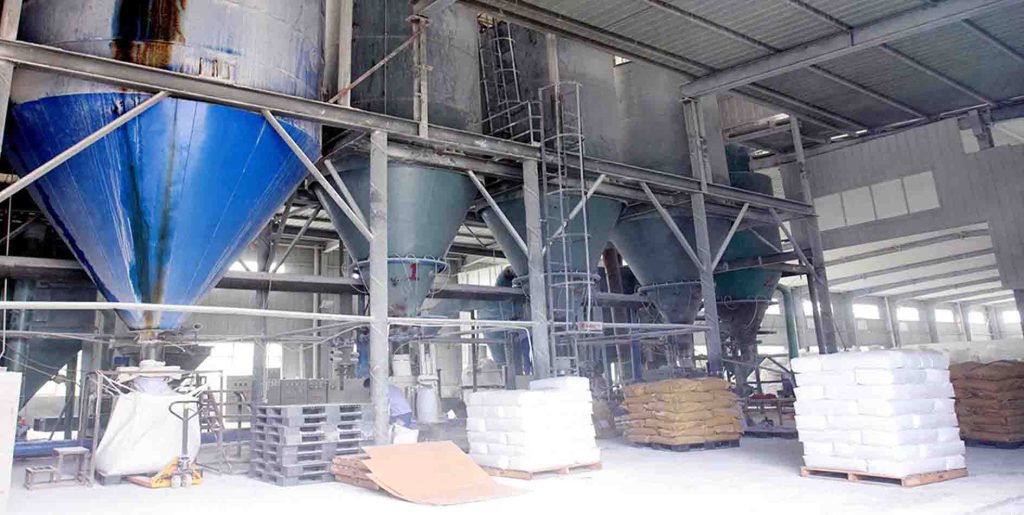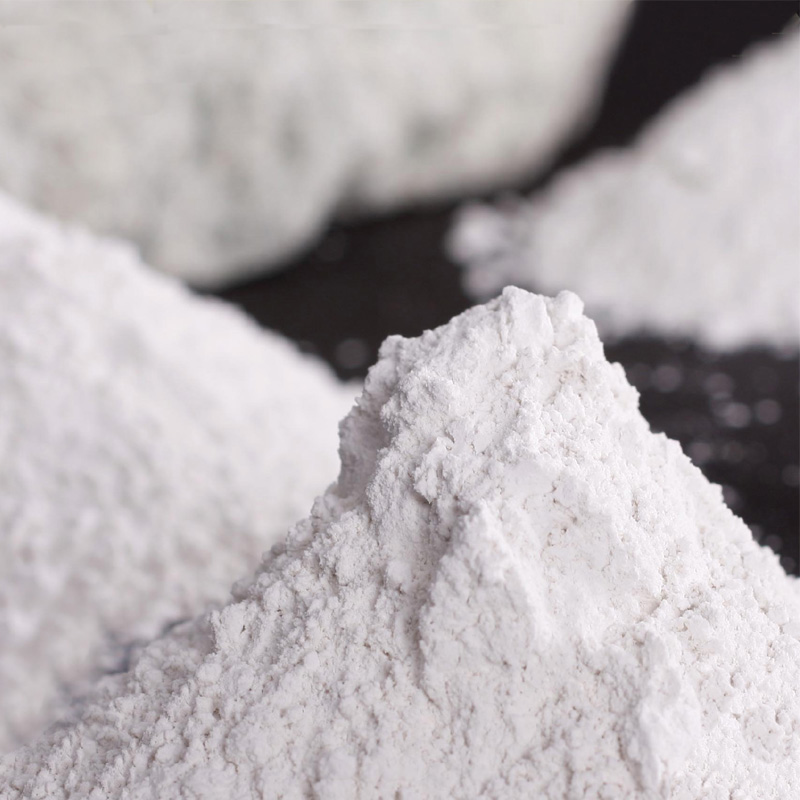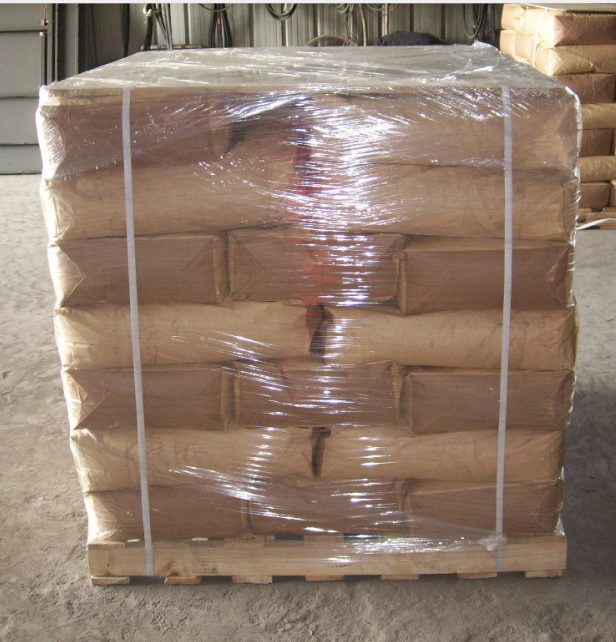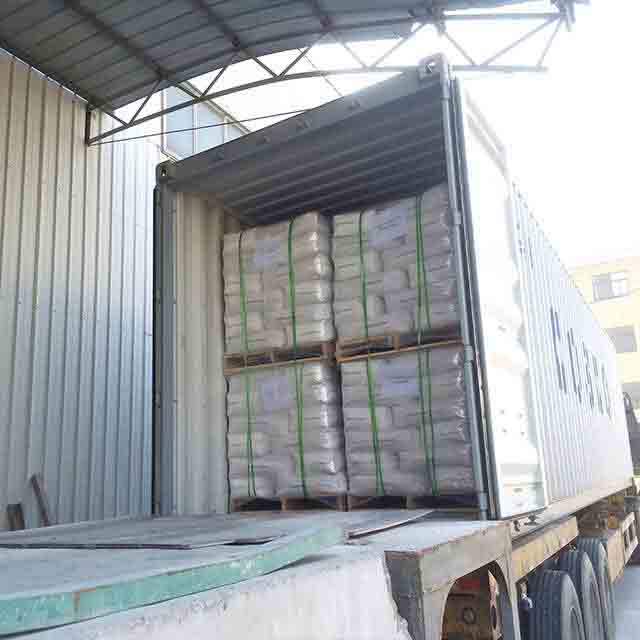Gelling Agent Organophilic Clay
Your Gelling Agent Organophilic Clay Manufacturer in China
- ISO9001 Certified manufacturer
- More than 20 years of manufacturing experience
- Provide free samples and technical guidance.
- 24/7 Online assistance for everyone orders

Gelling Agent Organophilic Clay



Thixotropic Additive is Your Best Choice for Your Project
Camp Shinning have more than 20 years of R & D, production and sales experience, we can ensure that all the thixotropic additive provided to you are produced and tested in strict accordance with industry standards and far higher than the requirements of ISO. We ensure that the rheologieadditive provided to you has good thixotropic performance, and extremely rheology and sedimentation resistance.
Deal with us Now!
Gelling Agent Organophilic Clay
Why Choose Camp Shinning for Your Thixotropic Additive
Because we have advancedequipment and excellent technical R & D team, and we always use the best formula and raw materials, you can get high-quality thixotropic clay in Camp Shinning. You can choose us as your rheologieadditive supplier. We strive to meet your needs for the maker. We also according to your specific application field and formula requirements, Customize your needs. Suitable for your system.
Send your inquiry now! Be part of our successful services.
Your Professional Thixotropic Additive Supplier
Bentonite and Gelatin in Tissue Engineering
What exactly is Gelatin? Is it identical to Bentonite? Is it better? What’s up with Camp Shinning? And how can I choose which one is best for me? This article will investigate these topics and more. This article will hopefully be helpful. There are many myths floating around, so please do not let them discourage you. The key is to conduct study and determine which ones to avoid.
The Camp Shinning CP-992 Gelling Agent Organophilic Clay is an enhanced viscosifier and gelling agent for wet processes. It has a good performance efficiency for formulations of base fluids with outstanding thixotropy and suspension characteristics. It can be used for a variety of purposes and is stored in a dry, well-ventilated area. It may be utilized in a range of temperature and humidity circumstances, from 0 to 180 degrees Celsius.
It is a form of clay composed of long-chain alkyl groups. Clay is utilized in oil extraction, cosmetics, paints, and coatings. Clay expands when dispersed in organic solvents, leading to the formation of stable colloidal suspensions. Organoclay is utilized in numerous industrial processes to promote thixotropy and settlement resistance.
Toluene
The process of gelling lubricants requires an Gelling Agent Organophilic Clay gelling agent that has been preactivated. In Example 1, the pre-gelling agent is made by dry-blending dimethyl dialkyl ammonium chloride, hydrogenated tallow, and bentonite.
The pre-activating agent is pre-treated with water to eliminate contaminants and salts dissolved in water. The material is subsequently processed to the desired particle size and made suitable for usage. The item is then packaged for use. It is available in powder and granular form.
Organophilic clay that has been pre-activated is a sort of organic cation that reacts with organic clay. Utilizing organic cations as an organic claying agent.
Several organic chemicals react with clay to form organoclays. In accordance with the present invention, clays are made using smectite-type clay and a quaternary ammonium compound containing a higher alkyl group. The clays are subsequently transformed into a variety of useful goods. Toluene is a prime instance of such a clay. This clay has been utilized to generate organoclays in the previous art.
The inclusion of a polar activator improves the efficiency of the gelling agent. The gelling property of organoclay is improved by the addition of a polar dispersant composed of 95% methanol and 5% deionized water. Additionally, small quantities of other polar chemicals, such as water and methanol, are added to boost viscosity.
When used properly, it can boost the shearing, dilution, and increase of the gelling agent. According to a controlled investigation, the lubricant is beneficial in a variety of niche applications. If you are contemplating utilizing this clay as a gelling agent, you might seek advice from an expert specialist.
Bentonite
Increased spacing between Gelling Agent Organophilic Clay and dispersion was responsible for the improvement in viscosity. Since non-ionic surfactants have not yet been utilized to alter bentonite, they are frequently computed indirectly.
The Gelling Agent Organophilic Clay is created by 48 hours of dry vermicomposting organophile with water at 50 degrees Celsius. The material is then processed in a centrifuge mill with a 0.50 mm sieve. The process of purification is not complete until the filter cake has been rinsed twice. The finished product is usable. In addition to decreasing the viscosity of water, Gelling Agent Organophilic Clay is an outstanding gelling agent for bentonite.
Bentonite is a hydrophilic mineral with a unique complexing quality. Its capacity to absorb water qualifies it for use in cosmetic compositions.
Gelling Agent Organismic Clay
The viscosifier and gelling agent is a naturally occurring material with exceptional thixotropy, resistance to settling, and dispersibility. It has a wide range of applications and is appropriate for a variety of uses. This article will elaborate on the CP-982. We shall explain its characteristics, perks, and advantages. For instance, Gelling Agent Organophilic Clay has good dispersibility and resistance to settling.
Organophilic clay CP-982 functions as a viscosifier and gelling agent.
In this investigation, CP-982 Gelling Agent Organophilic Clay was utilized in drilling muds as a viscosifier and gelling agent. When added to gasoil-based muds, it increased thixotropy by 30 percent and enhanced the mud’s stability by 70 percent. The viscosity of CP-982 organophilic clay is modest, although it can be a useful ingredient.
The organic surfactant CP-982 Gelling Agent Organophilic Clay enhances filtration in oil-based systems. Its amine-treated hectorite facilitates the removal of drill cuttings in high-temperature wells and aids in the formation of filtercake. Its enhanced viscosity and gel strength contribute to enhanced hole cleaning.
The CP-982 Gelling Agent Organophilic Clay concentration range is between 2 and 10 lbm/bbl and 5.7 and 28.5 kg/m3. Its concentrations are slightly higher in mineral oils, hence the amount to be added is dependent on the type of oil being used. If mixing in a mud pit or mixing plant, do not use more than necessary. It should be introduced gradually, but the suggested dosage should not be exceeded. Slowly adding CP-982 helps preserve the gel strength and flow qualities of a mixture, allowing for precise dosage control.
Gelling Agent Organophilic Clay CP-982 is a bentonite that has been changed organically. It is employed as a viscosifier and gelling agent in oil-based drilling fluids at concentrations ranging from 0.1% to 6% by weight. Nevertheless, its viscosity typically reaches a maximum after passing through the bit. There are no international regulatory agencies that govern CP-982.
It has strong resistance to settling.
Gelling Agent Organophilic Clay has multiple uses, including as lubricants, paint, and oil drilling mud. Its resistance to settling and dispersibility are crucial for these applications. Furthermore, it is extremely cost-effective, allowing it to be utilized in a variety of applications. This makes it an excellent thickening for coating products. In addition, it offers consumers a variety of benefits, including cost control, technical quality, and adaptability.
Shale and low permeability hydrocarbon reservoir formations are particularly suited to treatment using non-aqueous slurries. Typical pore throat diameters for these formations range from 0.03 to 2.0 mm. The non-aqueous slurry is created by combining oil-based slurry with Gelling Agent Organophilic Clay. The oil slurry including clay may additionally contain a clay activator. At 511 sec-1, the oil mixture thickens to a viscosity greater than 12 cP at room temperature.
Utilizing Gelling Agent Organophilic Clay as a gelling agent can enhance the performance of oil-based mud. Its high silicone content improves the fluidity of substances. A suitable proportion of organophilic clay and viscosifier can significantly improve the performance of oil-based mud. The optimal ratio for organophilic clay is between 1:17 and 18 and 2.0 g/cm3.
By combining Gelling Agent Organophilic Clay with a non-aqueous liquid, such as olive oil, a vegetable oil, or mineral oil, a non-aqueous slurry can be created. Emulsifiers such as propylene carbonate and ethanol are suitable oils. In oil-based gellant slurries, these activators are commonly added at a concentration of 15 to 40 percent.
It has excellent dispersion
The primary characteristic of Gelling Agent Organophilic Clay as a gelling agent is its remarkable dispersibility. Clays are crystalline substances having tetrahedral or octahedral layer sheets. Clays are divided into three families based on the thickness of their sheets. Various clay particles are produced by the crystallites’ stacking potential. Each sheet has its own interleaf area, which may be filled with water, cations, or other compounds.
Typical sources of Gelling Agent Organophilic Clay include smectites and bentonite. These clays are comparable to zeolites, but their exchange capacity is greater. This characteristic makes them appropriate for a wide range of applications, including the manufacture of paints, lubricants, and oil drilling mud. Additionally, they can function as complexing agents or purifying agents.
The dispersibility and oil-dispersibility of swelling clays are high. They impart elasticity to systems in order to impart viscosity. This characteristic renders them particularly suitable for specific formulation systems. The fluid’s low-colloid water-base enables effective inhibition. It is stable up to 500 degrees Fahrenheit and 260 degrees Celsius ambient. It is good for deep drilling at high temperatures.
It is possible to determine the crystalline structure of organoclays by analyzing their viscoelastic characteristics and flow behavior. They are suitable for usage as dispersion agents in polymer coatings. Due to the fact that their hydrophobic nature makes them highly hydrophilic, they have a high dispersibility. The equilibrium between their hydrophobic and hydrophilic characteristics determines their dispersibility. The distance between layers can be measured on a nanoscale scale. The percolation of microgels results in the production of a nanoscale gel.
In addition to their excellent dispersibility, Gelling Agent Organophilic Clays possess catalytic capabilities on epoxy resins. Compared to intercalated clays, its dispersibility is increased, consequently enhancing the performance of nanocomposites. However, clays are also thermally unstable. This indicates that they are an excellent choice for premium filling. A polymer with high dispersibility can be used to create a gelling agent that can endure higher temperatures.
It possesses excellent thixotropy
Thixotropy is the property of a material’s viscosity that allows it to flow smoothly and then solidify after a period of time. A material with excellent thixotropy is also referred to be elastic. The feature is especially useful for gelling liquids.
It is known that CP-982 Gelling Agent Organophilic Clays increases the thixotropy of drilling mud.
It was demonstrated that the addition of this mineral to gasoil-based drilling muds enhanced the thixotropy of the muds. It enhanced the production of flocs and aggregates as well. Additionally, CP-982’s mineral content was raised by approximately 20%.
Additionally, it has a good effect on the durability of hardened concrete. It also improves the thixotropy of plaster-based cement. This mineral is a crucial component in a variety of gelling agents. Even though Gelling Agent Organophilic Clay has excellent thixotropy, it lacks the durability and viscosity of oil mud.
After 10 seconds, the fluid exhibited strong thixotropy and was characterized by a big structure. This gel, however, was quickly torn apart by flow and shear. This substance is categorized as a fragile gel. It is a useful gelling agent due to two characteristics: a poor associative network and facile breaking under flow. Choose Fluid Gelling Agent Organophilic Clay if you require a gelling agent that is effective in oilfield fluids.
In numerous methods, this material can be incorporated into oil mud mixtures. Inversely proportionate to the oil mud’s density, the clay concentration ranges from 25 to 30 pounds per barrel to nearly nothing. However, the clay concentration is dependent on a variety of variables, such as the amount of solids in suspension and the degree of hole cleaning. Before selecting a material for oilfield fluid applications, it is also vital to comprehend the physics of thixotropy and mud yield stress.
The thixotropy of formulations of organophilic clay is comparable to that of water.
